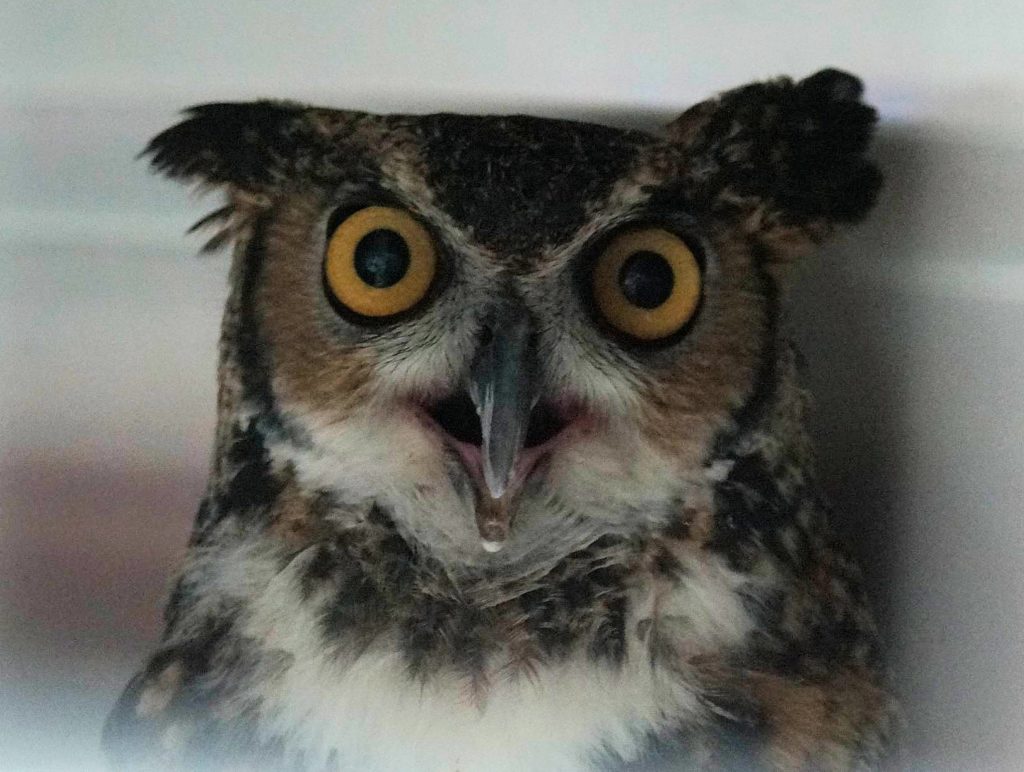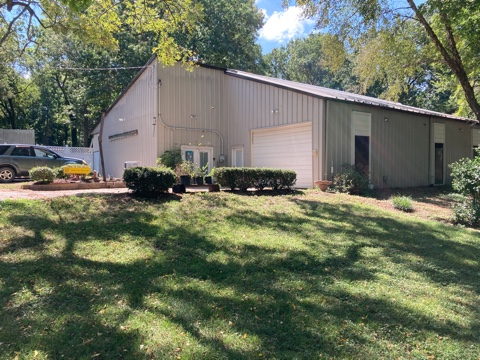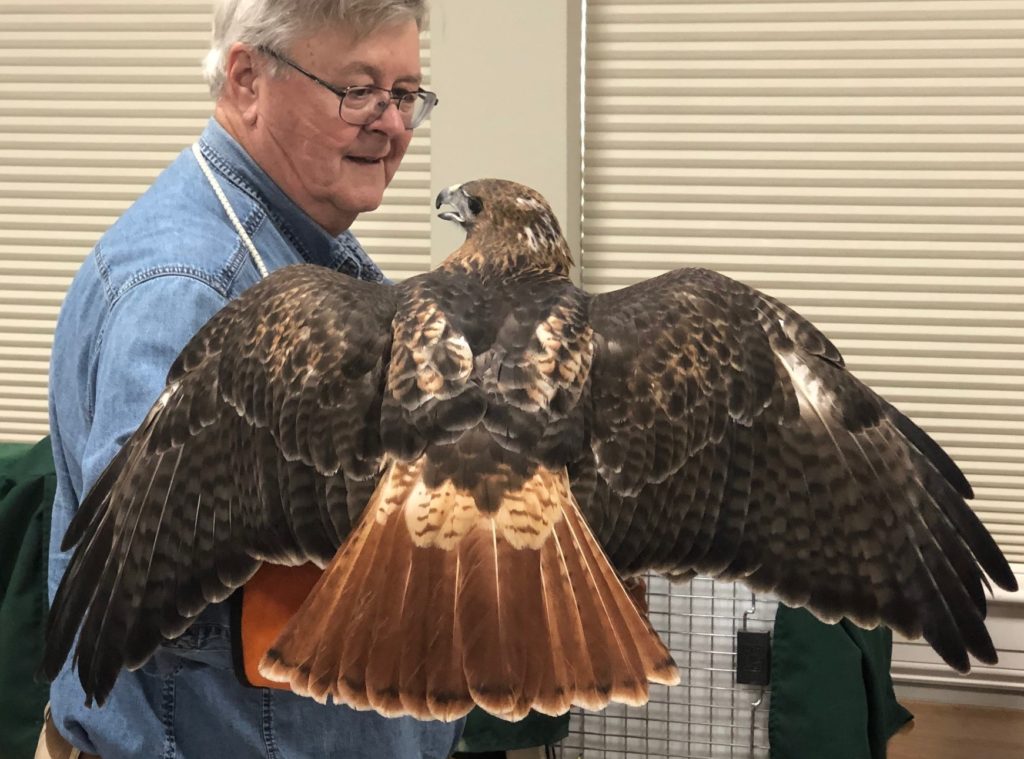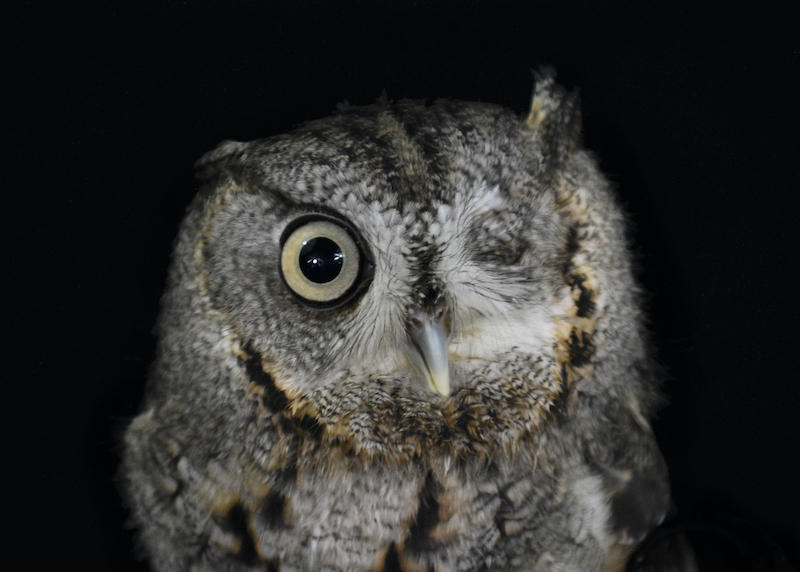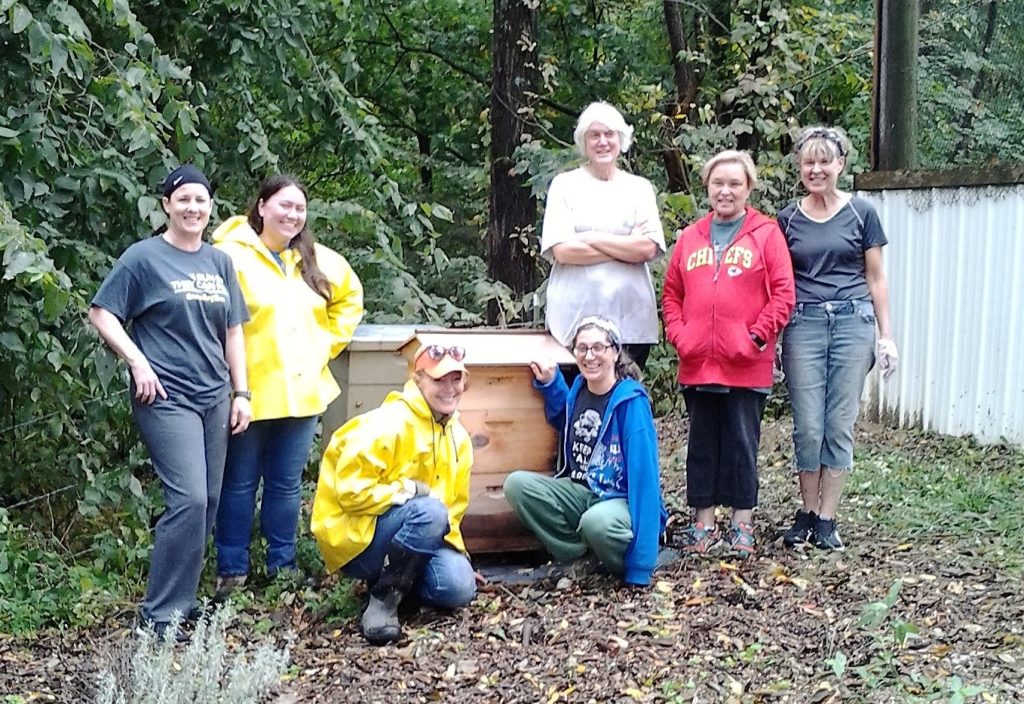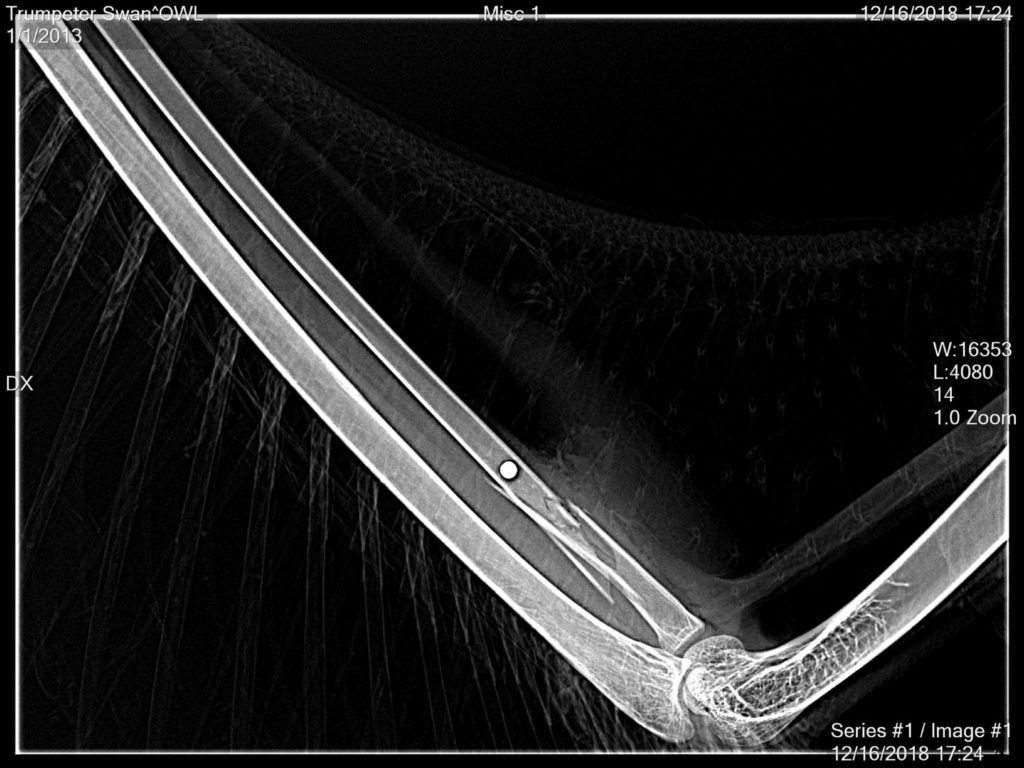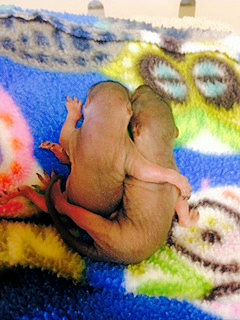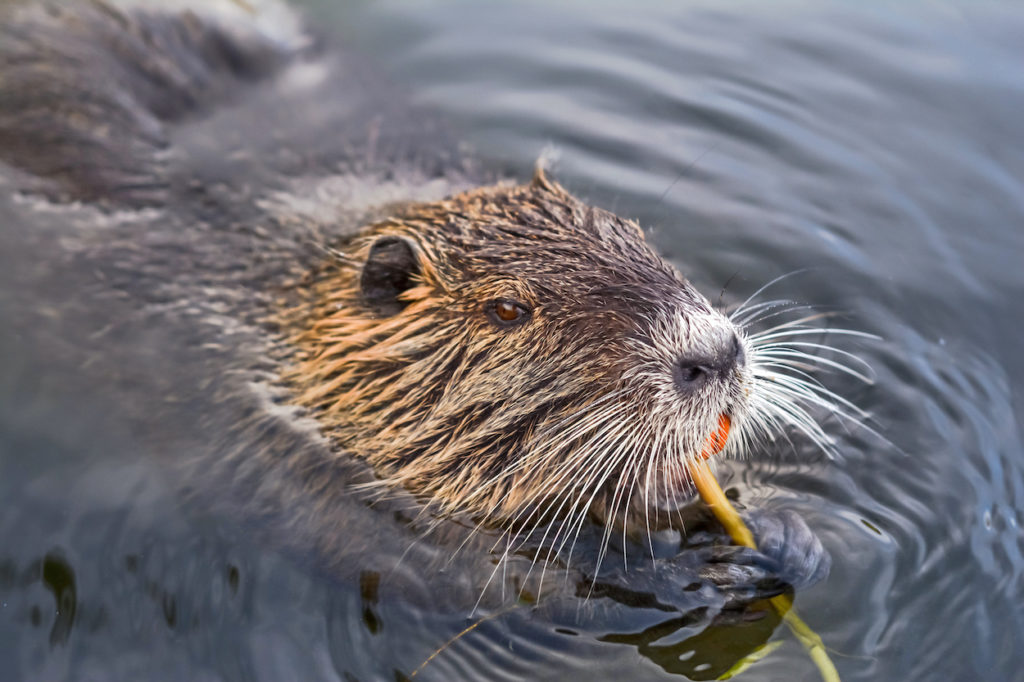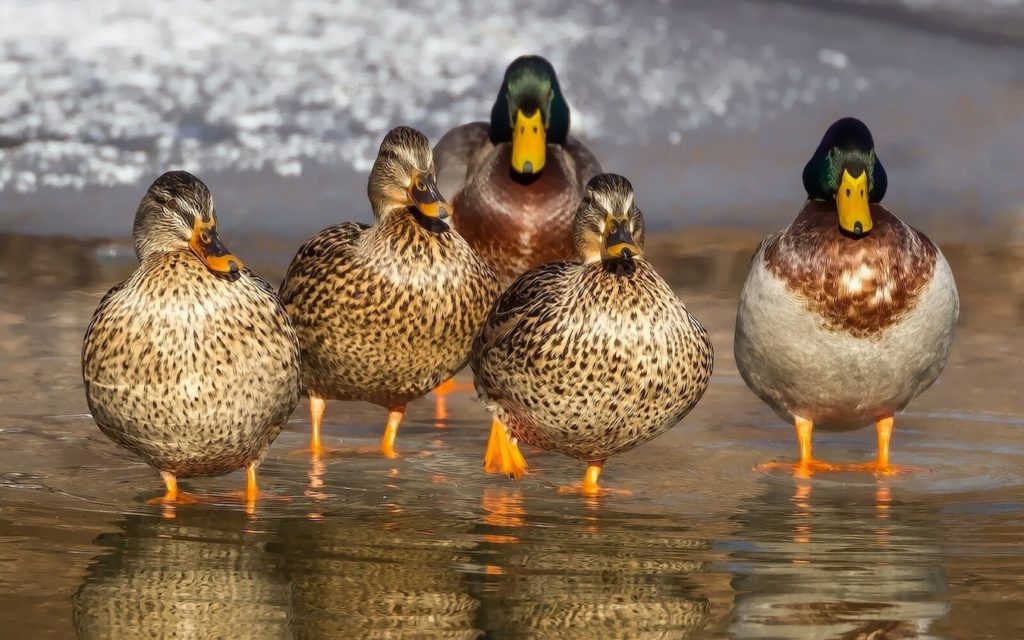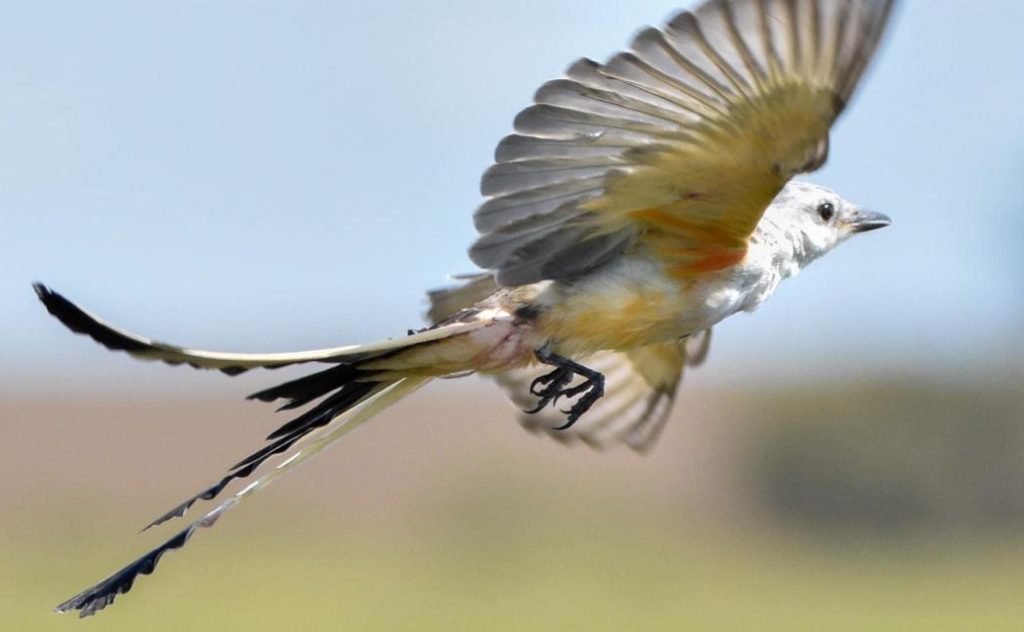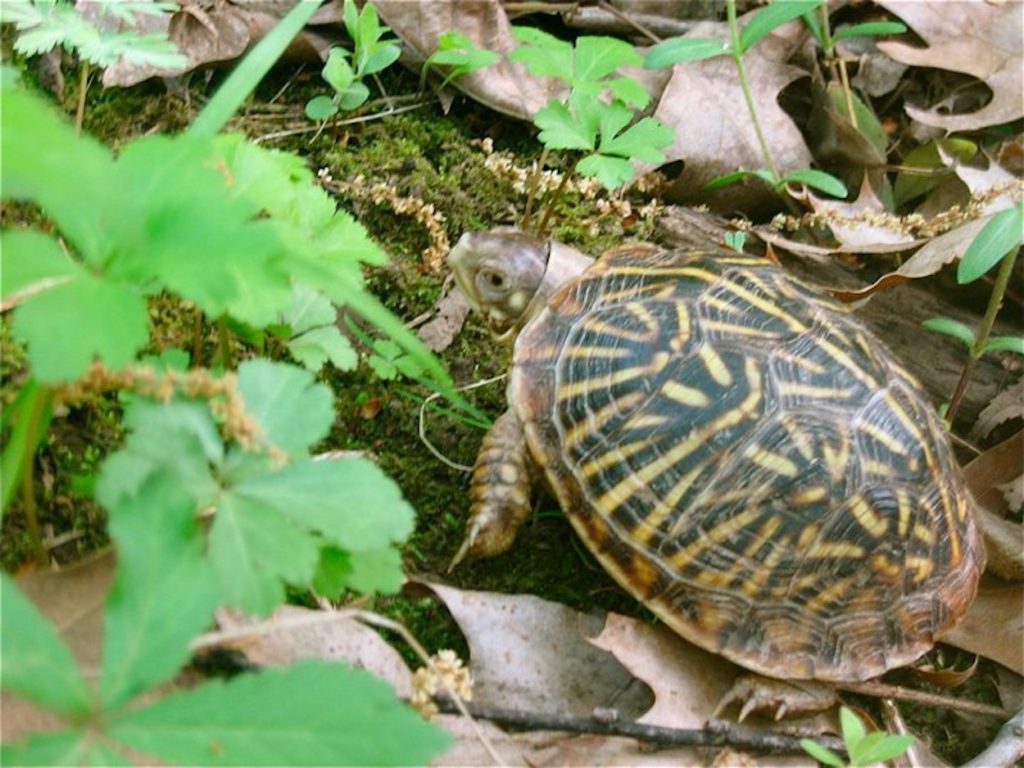About
Minks
The mink is a semiaquatic species of mustelid native to North America, though human intervention has expanded its range to many parts of Europe and South America. In the Midwest, mink are born in April and May. Mom typically has three to six babies at a time, and she leaves them periodically to forage for her own food.
Mink, a member of the weasel family, are shoreline dwellers of our waterways that provide their primary source of food – fish, frogs, and other water creatures. Mink travel in a wide area and use other animals’ dens as their own, as well as bank burrows, beaver lodges, muskrat houses, holes and other protective shelters.
They are relatively small animals, and the males can fight ferociously during mating season. Mink are mainly nocturnal and are active year-round.
Baby minks – To rescue or not to rescue
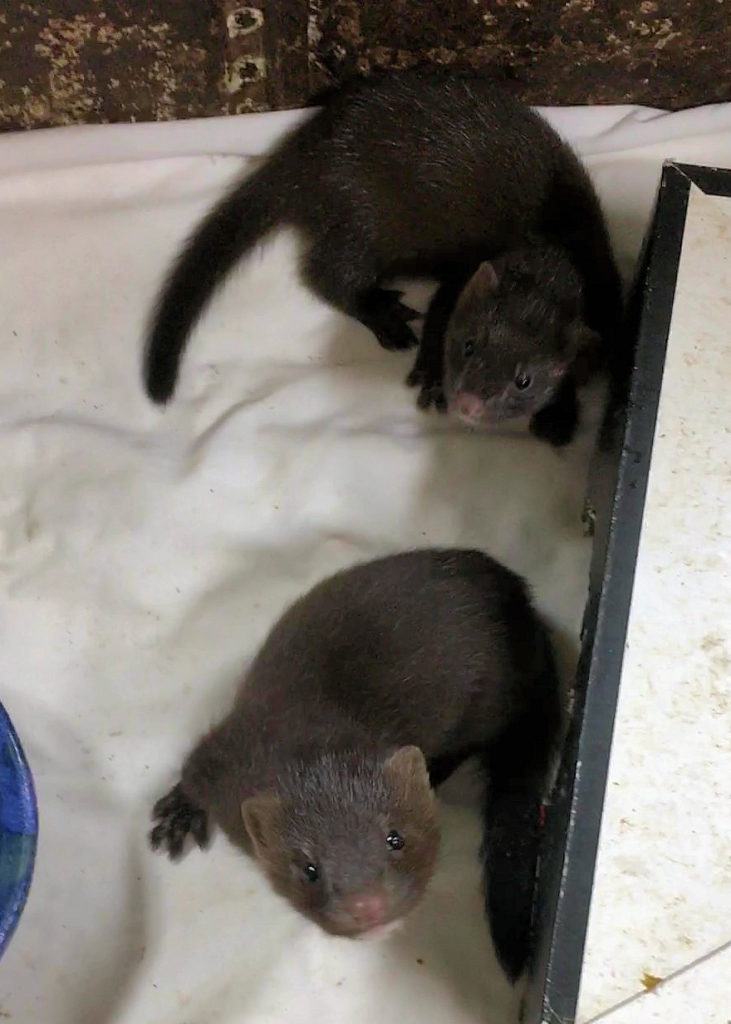
Leave it be
If you come across a baby mink in the wild, please leave it be. The mom will hide the kids in a burrow, pulling fur from her chest to cover them while she is gone.
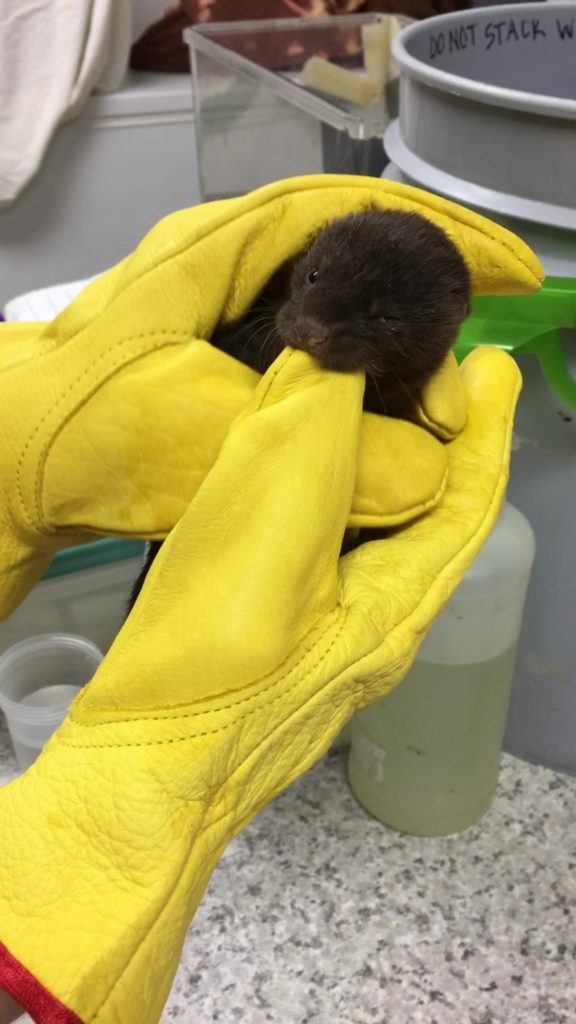
Unattended baby mink
If you find a baby mink or a litter that seems unattended, please check back after a few hours before deciding that they are truly orphaned. Don’t move the nest, or the mother will have trouble finding it again and may not return.
Caught by Pets
Cats
Cats have mouths full of bacteria that can kill an animal in a short time. All animals caught by a cat need to be brought in for medication and rehabilitation, even if you can’t see wounds.
Dogs
If a dog brings you an animal bring it in immediately. Dogs have powerful jaws that can create crushing injuries.
Signs of Injury
If you notice any of these issues, contact OWL as soon as possible:
- Cold and lethargic.
- Covered with fleas, ants, ticks, or flies/flystrike (looks like small clusters of rice anywhere on the animal)Dehydrated.
- Has been fed any kind of formula or food.
- Has been in a cat’s or dog’s mouth.
- Broken limb, cuts, or bruises.
- Head tilt.
- Bleeding.
- Unable to stand or move without falling over.
The First Treatment for Shock or Injury: Warm, Dark, and Quiet
If you find an animal that is injured or truly orphaned, the most important thing you must do is to keep them warm and quiet. Follow these protocols.
Container
Put baby in a shoebox or other small container with several small air holes in the lid and a small non-terrycloth towel, fleece cloth, or t-shirt in the bottom. Tape the lid to keep secure.
Adults will need to be contained in a cat kennel.
Heating Pad
If you have a heating pad, set to low and place the box half on/off the pad, so babies can move away from the heat if they need to. OR
Rice Bag
You can also fill a sock or knee-high pantyhose with uncooked dry rice. Microwave the rice-filled sock for 30 to 60 seconds. This heat source will last about 20 to 30 minutes. Place the rice sock in the container under the towel, and place the baby on or near it, but not directly in contact with the rice sock. OR
Ziploc bag
Fill a Ziploc bag with warm (not hot) water, put it inside another Ziploc bag, and place under the towel next to the baby. The double bag guards against leaks and prevents the animal from getting wet and chilled.
Food/Water
Do not attempt to feed or give them anything to drink. Keeping the baby warm is more important than feeding it.
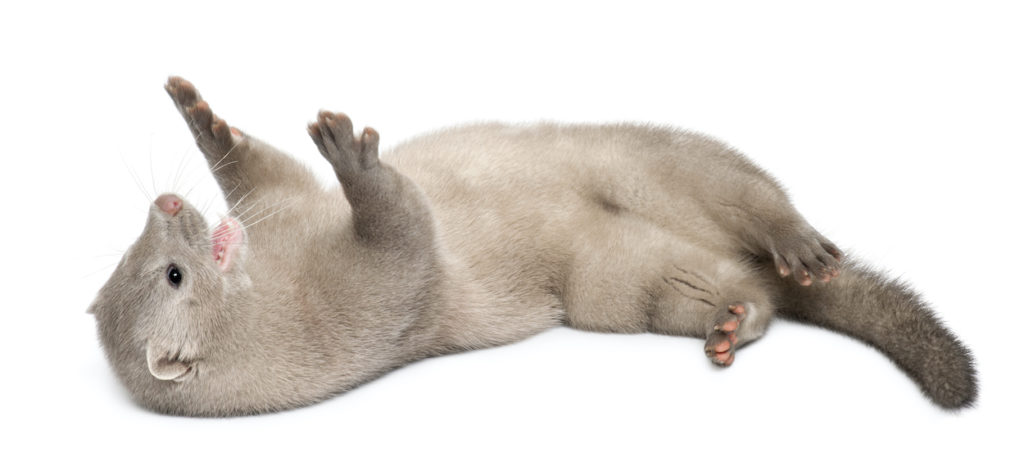
Contact Operation WildLife for help.

